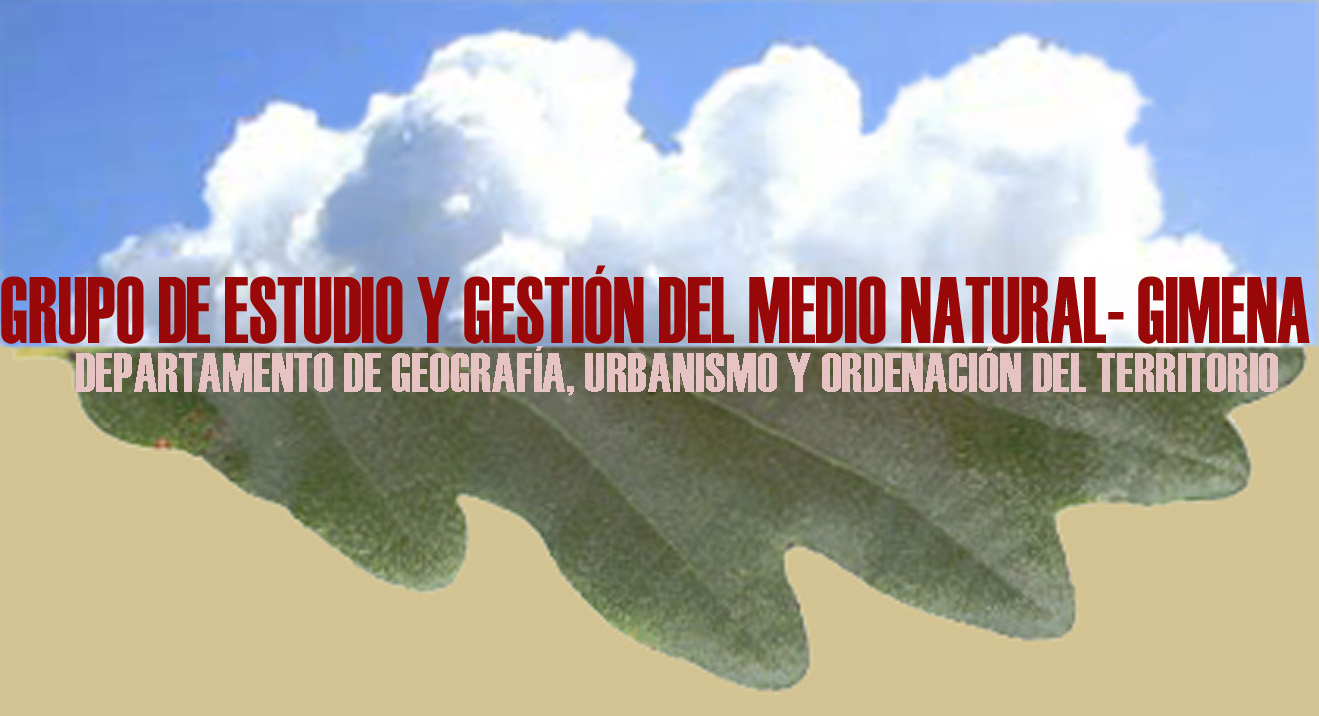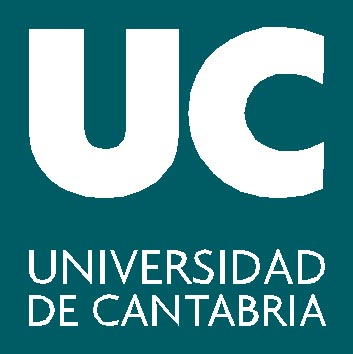
Research group
Department of Geography, Urban Studies and Land Planning- University of Cantabria (Spain)
MAIN PAGE
MEMBERS
RESEARCH
climatology
forest space, wildifires
natural risks
environmental change
management, landscape, heritage
NEWS
DOWNLOADS

CALIBRATION OF THE INDICATORS OF HUMAN AND CLIMATIC INFLUENCE FOR THE
(RE)INTERPRETATION OF POSTGLACIAL EXPANSION AND FOREST DYNAMICS IN THE
LAST 18000 YEARS (Calib18k-GeoHis). PID2019-108282GB-I00
(2020-2024)
ABSTRACT
This project follows two
earlier ones and has as main objective to obtain new paleobotanical data
and take advantage of the paleogeographic information available for the
last 18,000 years from different forest species (Pinus, Abies,
Betula, Quercus deciduous, evergreen Quercus and Fagus).
It will validate climatic and human signals, as well as their influence
in different forests in their ecotonic distribution areas in the
Cantabrian mountain and the Pyrenees.
For this, it is proposed to use as research materials the paleogeographic information obtained from surveys in peat bogs and old lakes (palynology, macroremains, and organic matter) in order to study the vegetation dynamics and the fires of the past (sedimentary charcoals and microcharcoals). Mountain soils (pedoanthracology) will be used to locate disappeared forest species and place them in time and scope. The fieldwork will be completed with calibration work such as the pollen signal (pollen in mosses), the study of current populations (DNA) and the forest structure (GIS for Land use and Land Cover Change).
The results will reinterpret the biogeographic history of the Iberian
Peninsula, analysing glacial refugia (relicts and / or mature
populations) and the different current forests. They will also provide
data to calibrate the importance of the disturbances. In particular, the
role of fire as one of the causes of the habitat diversity and the
biodiversity growth. A rich debate based on robust evidences will be
necessary to establish a threshold that helps habitat conservation
policies and the design of more resilient landscapes to forest fires,
promoting the biodiversity and reducing the territorial vulnerability to
fire.
